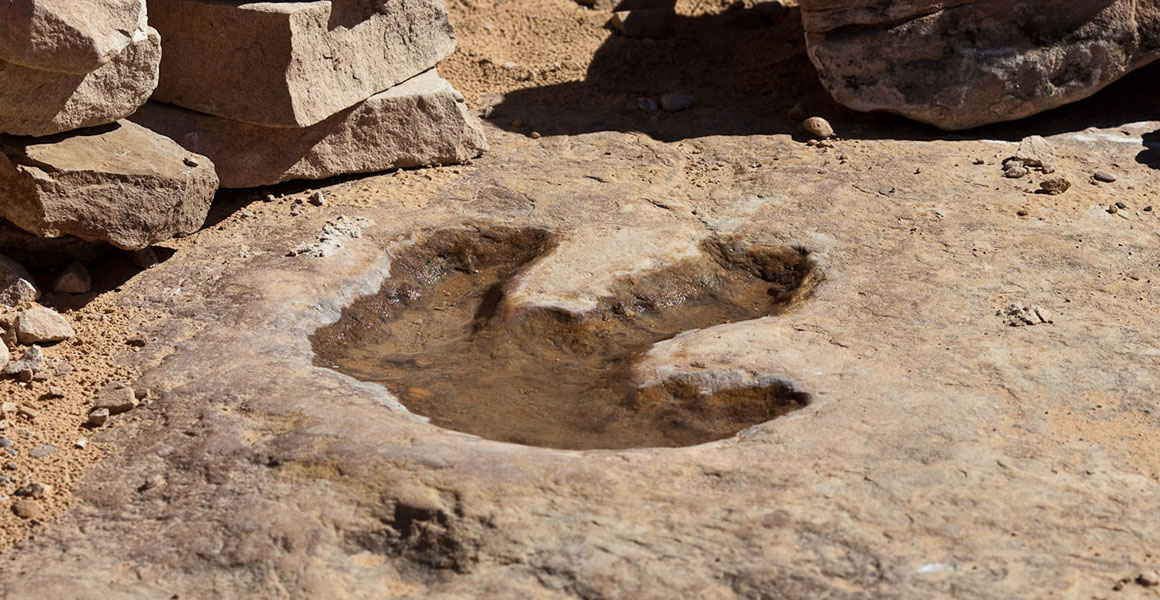Dinosaur Behavior: What Can We Learn From Fossils?

Dinosaur Behavior: What Can We Learn From Fossils?
Dinosaurs have long captivated our imaginations with their monstrous size and mysterious extinction. But beyond their physical appearance, studying dinosaur behavior through fossils can provide us with valuable information about these ancient creatures.
The Importance of Fossils
Fossils are the remains or impressions of plants and animals that lived long ago, preserved in rock. This includes bones, teeth, footprints, and even dinosaur droppings. Fossilization is a rare occurrence, making fossils a precious resource for understanding the past.
For scientists, fossils are like puzzle pieces that help them reconstruct the story of a dinosaur's life. By examining the size, shape, and structure of bones, they can determine how the dinosaur moved, what it ate, and even how it interacted with its environment.
Distinguishing Between Species
Fossils not only provide evidence of how individual dinosaurs behaved, but they also help scientists differentiate between different species. For example, the shape of a dinosaur's skull can hint at its diet, while the structure of its bones can reveal its lifestyle.
While fossils can't tell us everything about a dinosaur, they can give us clues to create a clearer picture of its behavior and biology.
Trackways and Footprints
One of the most exciting aspects of studying fossilized footprints is the glimpse it gives us into how dinosaurs moved. By examining the depth and spacing of footprints, scientists can determine the speed and gait of the dinosaurs. Trackways have also revealed evidence of herding behavior, as well as dinosaur parenting.
Recently, a dinosaur trackway in South Korea showed evidence of a dinosaur accidentally stepping on its own footprints, giving us insight into the cognitive abilities of these creatures.
Cooperative Behavior
Thanks to fossil evidence, we now know that some dinosaurs exhibited cooperative behavior, much like modern-day animals. Fossilized trackways show multiple dinosaurs moving together in a coordinated manner, suggesting that they may have hunted or migrated in groups.
Additionally, bonebeds, where multiple dinosaur fossils are found in the same location, suggest that these creatures may have lived and died together in social groups. The discovery of a large group of Maiasaura dinosaurs, with evidence of parental care, suggests that they may have lived in family herds.
The Limitations of Fossils
While fossils are an invaluable resource for studying dinosaur behavior, they do have their limitations. Fossilization is a rare occurrence, and the number of fossils discovered is a tiny fraction of the number of dinosaurs that actually lived.
Additionally, bones and footprints only tell us so much about a dinosaur's behavior. We may never know the full extent of their social interactions, mating rituals, or communication.
So, What Can We Learn?
While we may never fully understand every aspect of dinosaur behavior, studying fossils gives us a glimpse into their world and allows us to draw conclusions based on scientific evidence. By piecing together these clues, we can continue to uncover new information and paint a clearer picture of these fascinating creatures that once roamed the Earth. So, the next time you look at a dinosaur fossil, remember the incredible stories and secrets it holds about their behavior, and let your imagination run wild.



